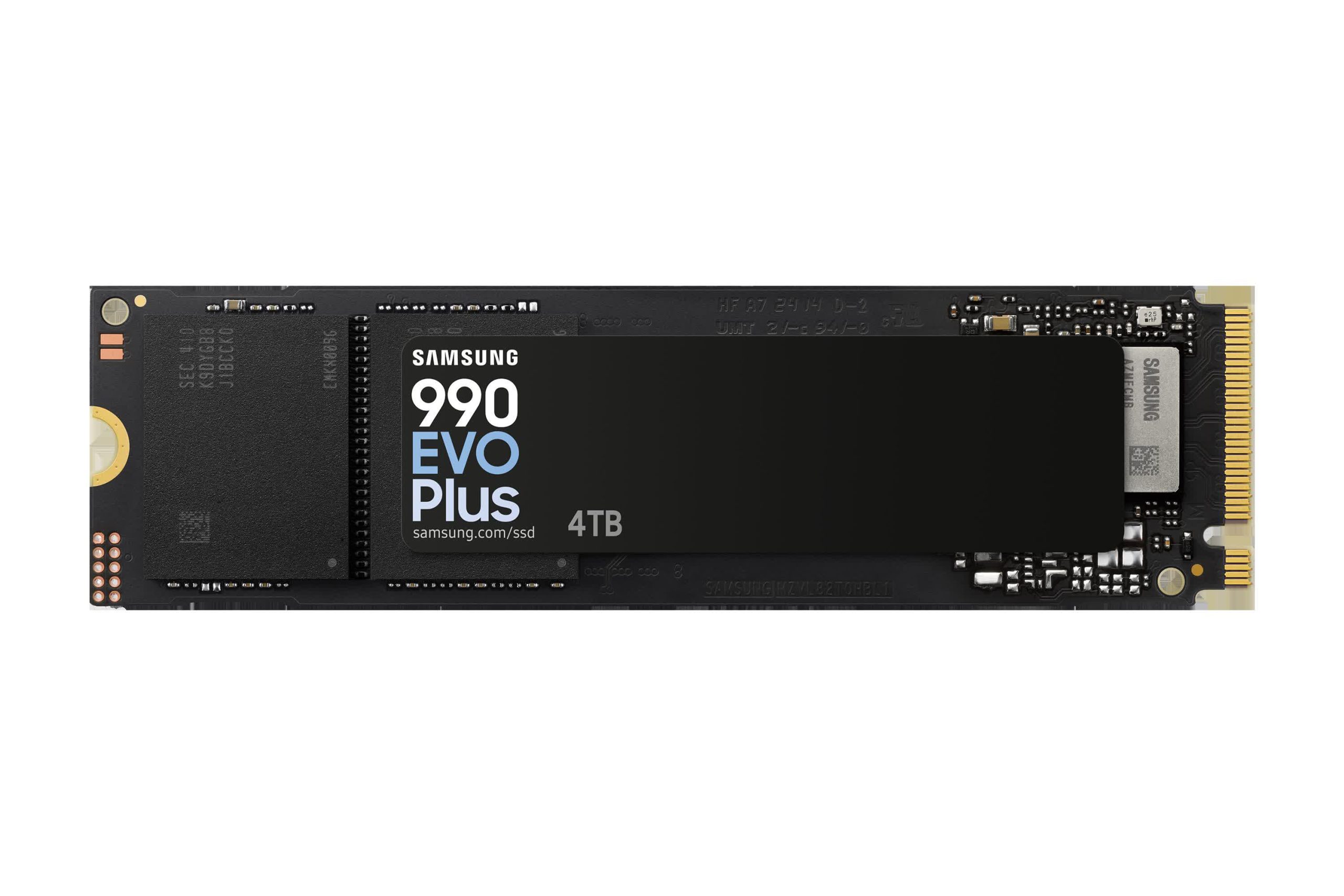

Imagine controlling a computer, a robotic arm, or even a drone using just your thoughts—no wires, no buttons, just your brain sending signals to a machine. This idea, once seen only in futuristic movies, is becoming a reality thanks to breakthroughs in wireless brain-computer interfaces (BCIs).
These innovative systems connect our brains to computers, enabling communication without the need for physical movement.
A brain-computer interface works by reading signals from the brain, interpreting them, and sending them to a device. For example, if you think about moving your hand, certain brain signals are generated.
A BCI can detect those signals and translate them into commands for a robotic hand to move. Traditionally, BCIs required wired setups, with cables connecting sensors on the head to computers. While effective, these systems were clunky, uncomfortable, and limited in mobility.
Recent advances in wireless technology have changed that. Scientists have developed BCIs that are entirely wireless, allowing users to move freely without being tethered to a computer. This breakthrough is especially significant for people with disabilities, as it enables greater independence and ease of use.
One notable example is a study where researchers developed a wireless BCI for people with paralysis. The system allowed participants to control a tablet with their thoughts, browsing the internet and sending messages effortlessly.
These devices use small, lightweight sensors that communicate wirelessly with computers, often through Bluetooth or Wi-Fi.
One of the most exciting breakthroughs is the development of BCIs that are implanted directly into the brain. These devices can pick up more detailed and accurate signals compared to external sensors placed on the scalp.
For instance, Neuralink, a company founded by Elon Musk, has created an implantable BCI that uses tiny electrodes to record brain activity. In tests with animals, this system has shown the ability to control devices with remarkable precision.
While human trials are still in their early stages, the potential for these implants to restore mobility or communication for people with severe disabilities is groundbreaking.
Wireless BCIs are also being tested for non-medical applications. Researchers are exploring how these systems can enhance virtual reality experiences, control smart home devices, or even enable brain-to-brain communication.
For instance, imagine sending a thought-based message directly to a friend without typing or speaking. While this might sound far-fetched, preliminary experiments with simple brain-to-brain communication have already been conducted.
Despite the rapid progress, there are still challenges to overcome. Wireless BCIs rely on advanced algorithms to interpret brain signals, but human brains are incredibly complex. Accurately decoding thoughts, emotions, or intentions is a huge technical hurdle.
Battery life is another issue—making wireless BCIs lightweight and long-lasting remains a tough balance to achieve. There are also ethical concerns about privacy and security. If brain signals can be read and transmitted, they could potentially be hacked, raising questions about how to protect such deeply personal data.
As this technology develops, its potential to transform lives becomes clearer. For individuals with conditions like ALS, spinal cord injuries, or locked-in syndrome, wireless BCIs could offer new ways to interact with the world.
Beyond medical use, the possibility of thought-controlled devices could make daily tasks faster, easier, and more intuitive.
Wireless BCIs are a remarkable achievement, bridging the gap between our minds and machines. As scientists refine this technology, its impact on healthcare, communication, and daily life could be nothing short of revolutionary.
Copyright © 2025 Knowridge Science Report. All rights reserved.









Leave a Comment